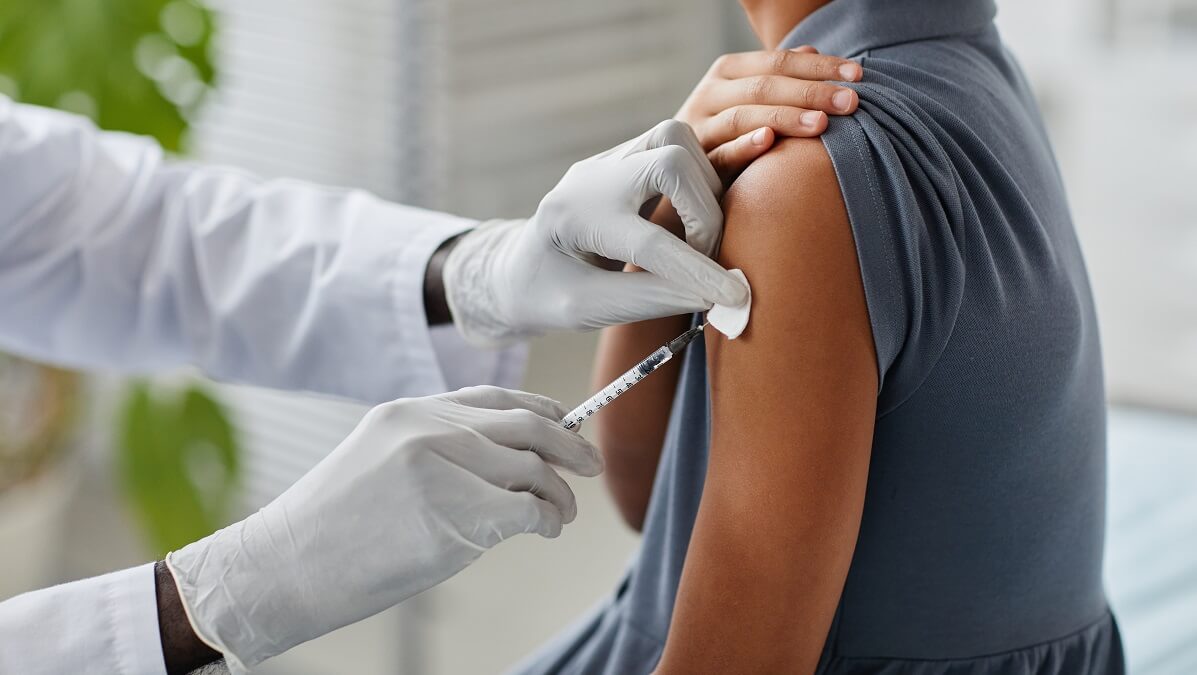From tomorrow, a new type of shingles vaccine will be added to the National Immunisation Program (NIP) – and older Australians are among those who will receive it for free.
From 1 November, Shingrix will replace Zostavax as the vaccine used to protect against the often debilitating disease shingles.
The vaccine, which usually costs $560 per dose, will be free for anyone aged 65 and over, as well as for First Nations people aged 50 and over and immunocompromised people aged 18 and over at high risk of shingles infection.
The federal government estimates around 5 million Australians will be eligible for the free vaccine. The total cost of the program is just over $825 million.
“Thanks to the Albanese government, older Australians will now have free access to the best protection against shingles,” health minister Mark Butler said earlier this month when the program was announced.
“This investment will ensure nearly five million Australians can get free protection from shingles and the very painful nerve damage that it causes.”
What is the Shingrix vaccine?
Unlike Zostavax, the Shingrix vaccine contains no live virus. But it’s also not an mRNA-based vaccine such as the Pfizer and Moderna COVID vaccines.
Instead, Shingrix is what’s known as a ‘recombinant’ vaccine, which uses a small piece of the virus’s DNA combined with fatty proteins called adjuvants, which then stimulate your immune system response.
Zostavax was administered in a single dose, while Shingrix is given in two doses, six months apart.
Shingrix replaces Zostavax following a recommendation from the Pharmaceutical Benefits Advisory Committee (PBAC) and the Australian Technical Advisory Group on Immunisation (ATAGI).
“Shingles can be severe, so it’s really important that eligible people talk to their GP or pharmacist about getting the shingles vaccine,” Mr Butler said.
What is shingles?
Shingles is a painful condition caused by reactivation of the same virus that causes chickenpox and presents as a painful blistering rash on one side of the body or face. The rash lasts 10 to 15 days.
Common initial symptoms include a burning, tingling or itching sensation, sensitivity to light, headaches and tiredness.
Around two to three days after the initial symptoms, a rash will appear – usually on one side of the body around a skin nerve called a dermatome.
At first, the rash presents as painful red bumps. These bumps quickly develop into fluid-filled blisters, which can be painful and itchy. The blisters will burst, drain and then heal into a crusty surface over a period of around two weeks.
If you’ve had chickenpox before, then you are at risk of developing shingles at some point, but you won’t be able to catch shingles from someone who has it.
If you never had chicken pox when you were younger, then it is possible to contract it as an adult from someone with shingles.
Of those with shingles, one in five people will develop severe nerve pain known as post-herpetic neuralgia that can last months or sometimes even years. In some cases, it may be permanent.
Your risk of developing shingles increases with age and people aged 65 and over are at the highest risk of complications.
Have you ever had shingles? Will you be getting this vaccine? Let us know in the comments section below.
Also read: Real toll of psoriasis is hidden


First your GP needs to know you have it. I was told my rash was reaction to either a new soap or liver/kidney problems. Only found out it was Shingles when I was having tests done to get a procedure done in hospital. The nurse saw the blisters, crusted areas and where I had been scratching the rash even though by then was wearing gloves when I slept, so my scratching was not so bad. Have been left with nerve pain on parts of my upper chest and left thigh. So more information needs to be made. I am a 62 year old female.
This announcement came just a week after I had had my second jab – cost me $630. I am not impressed.
If I had the Zostavax 12 months ago do i need to get the new one ?
I read on the CDC site that you do need to get the new vaccine.. Same for people who have actually had Shingles.
The new vaccine is much more effective.. Take a look at the CDC website.